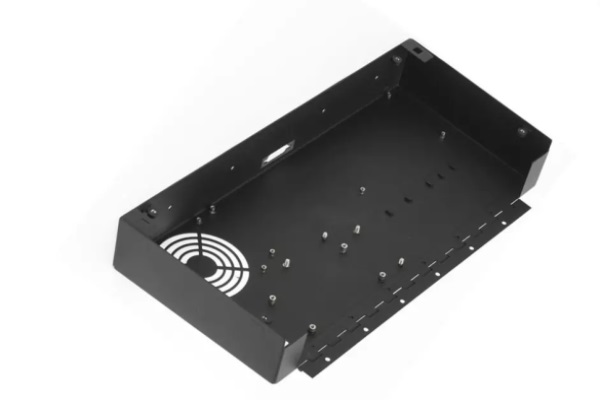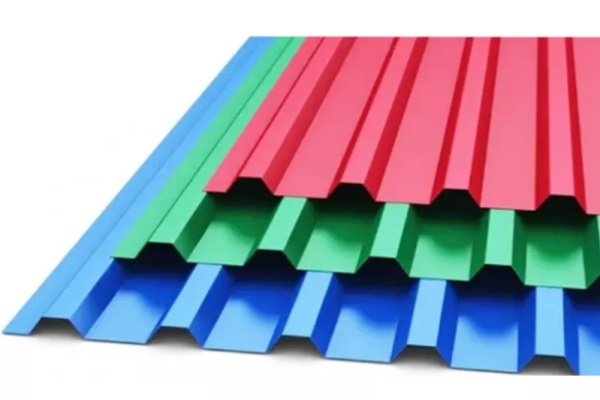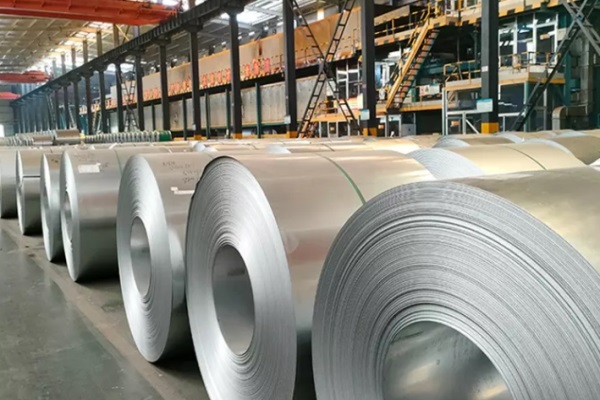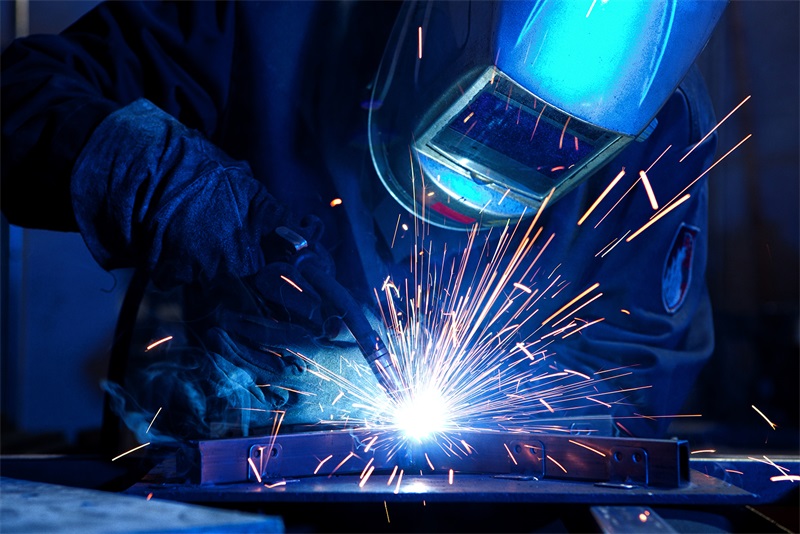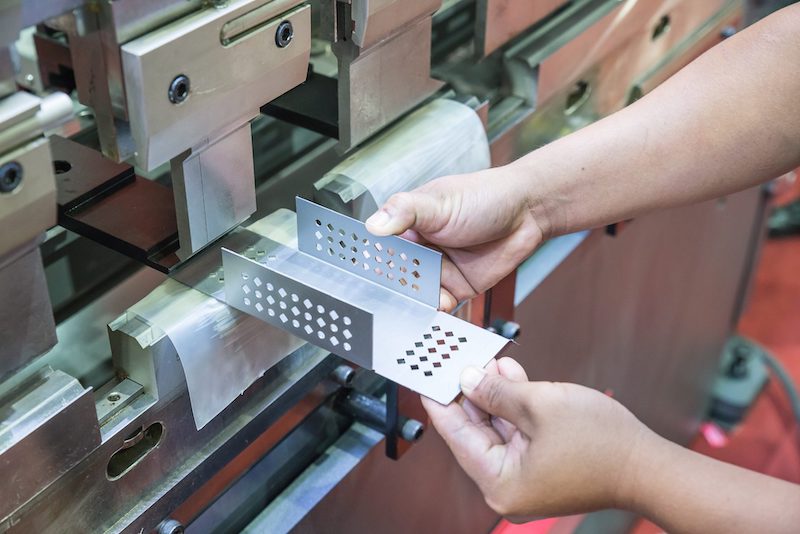Sheet metal is a versatile material that can be transformed into different forms. A simple forming process like metal bending can shape metal into the desired forms for different production purposes. There are many processes involved to achieve this result. This article will explore what is sheet metal bending and how to bend sheet metal. We will also share some useful tips on bending tips.
Table of Contents
What is sheet metal bending?
It is an effective method to make products in different shapes. It changes the shape of a sheet by force. The purpose of bending sheet metal is to achieve the desired forms or shapes which are needed for manufacturing. The external force used changes the external feature of the sheet only. And the parameters of the sheet metal like length and thickness stay the same.
What are the applications of Sheet metal bending?
Sheet metal bending is an important rapid manufacturing method in the metal manufacturing industry. In the automotive industry, sheet metal fabrication is an important step as they will create automobile parts in different shapes which work best with their design. This process is at an industrial level. It is ideal for big engine parts creation. Metal bending can be used in creating small parts to replace broken engine parts. There are many manufacturing processes involved in the operation, standard techniques are considered when using sheet metal fabrication methods to make sure precision across production.
What Are the Sheet Metal bending methods?
The goal to use the metal bending method is to transform sheet metal structures to the desired shape. But the bending methods are different in operations. Before using sheet metal fabrication methods, it is better to understand the factors like the thickness of the material, size of the bend, the radius of sheet metal bends, and the purpose to use this method.
Below are the methods we use at TEAM Rapid, we will show your how to bend sheet metal and which method will create the best results.
V-bending
V-bending is the commonly used bending sheet metal method. It is widely used in most bending projects. V-bending uses the punch and v-die to bend the sheet metal to the desired angle. In the V-bending process, the bending punch presses place over the V-die on the sheet metal. The angle which is formed by the sheet metal is dependent on the pressure point of the punch. As V-bending is used to bend the steel plates without changing the position, it is an easy and efficient method to bend steel plates.
The v-bending method is classified into bottoming, coining, and air bending.
1, Bottoming
Like its name, bottoming or bottom bending compresses the sheet metal to the die’s bottom to create a defined shape and angle. In bottoming process, the result of the bend is determined by the position and shape of the die angle. The spring-back of the compressed sheet metal is impossible as the force of the punch and the die’s angle makes the sheet metal a permanent structure.
2, Coining
Coining is widely used for its unique ability and precision to produce distinguishing sheets. In the coining process, there is no spring-back of the sheet as the coin penetrates the sheet metal at a small radius which creates a dent present on a coin to make difference to another.
3, Air bending
Compared to bottoming and coining, air bending or partial bending is less accurate. Air bending is usually used for its simplicity and it is easy to manipulate as it does not require tools. The disadvantage of air bending is it is the only method prone to the spring-back of the sheet metal. During the air bending process, the punch uses a force on the sheet metal which rests on both points of the die opening. A press brake is used in the V-bending process because the sheet metal does not contact the bottom of the die.
Roll bending
Roll bending is used to bend sheet metals into rolls or curved shapes. The roll bending process uses a hydraulic press, a press brake, and rollers to create bends or a big round bend. Roll bending is useful to create cones, tubes, and hollow shapes because it is beneficial from the distance between rollers to create bends and curves.
U-bending
U-bending is similar to V-bending. It uses the same equipment and process (except for a U-die). The only difference between them is the shape form. U-bending is U-shape. U-bending is popular. And other methods can create the shape flexibly.
Wipe bending
Wipe bending is also a method to bend sheets of metal edges. Wipe bending process depends on the wipe die. During wipe bending, the sheet metal must be pushed onto the wipe die exactly. The wipe is responsible for the sheet metal’s bent inner radius.
Rotary bending
Compared to wipe bending and v-bending, rotary bending is an advantage as it will not scratch the surface of the material. Rotary bending is a great method because it can bend the material into a shape corner. For example, it can be used to bend corner which is greater than 90°.
If you are looking for a reliable manufacturer to help with your metal bending project, just contact us by uploading your files. We will contact you within 24 hours.
Allowance for sheet metal bending
Allowance of bending sheet metal refers to the allocation given to accommodate sheet metal’s stretch and bending. If the sheet metal is bent, the physical dimensions are also changed. The force used to bend the material makes the material stretch and compress inside and outside. The deformation changes the sheet metal’s overall length as the force of compression and stretching on the bend. But the length of the bend’s thickness between the inner surface and external under tension is the same. This is called the “neutral axis”.
Bend allowance considers the sheet metal thickness, bend angle, bending method, and K-factor. K-factor is a measure of the ratio of compression on the inside line of a bend to the tension which is outside of the bend. Sheet metal’s external surface expands while inner surface contact. The K-factor is constant. The K-factor serves as a control figure in calculating sheet metal bending. It helps to determine the exact material which is needed before trimming portions of the sheet metal. It is useful in the radius chart of bending sheet metal.
What are the tips to bend steel plates?
It seems difficult to bend steel plates. But if you have the following tips, it could be easy. Here at TEAM Rapid, we offer the following tips which could help you with the process
1, Be careful of the spring back
When you are bending a sheet, the sheet of the material must be bent over its needed angle as the sheet metal possesses a high bending ability which allows springing back to the original position. Also, you should make an allocation for the occurrence by bending the material above the desired position.
2, The sheet metal should be malleable enough
The sheet metal may crack if bending into a sharp corner. So, you should try to avoid this as much as you can. It is better to consider the steel metal gauge because not every material is malleable enough to withstand bends into sharp corners.
3, Use a press brake
Remember to use a press brake because it offers support and guarantees cleaner metal bending and continuous pattern.
4, Do not miss the process position holes
Process position holes are created on the bending part to make sure the sheet metal’s a precise position in the die. This will eliminate the sheet metal moving and ensure precise results across sheet metals.
5, Bending allowance
Bending allowance is important in understanding how to bend sheet metal. It ensures precise numbers and accuracy in the end parts.
Conclusion
The demand for custom metal products is increasing, it needs a better understanding of sheet metal bending. We have introduced which is sheet bending and how important it is. We also discuss how to bend sheet metal to the desired shape you need. Just know the process is not enough. With our engineering support at TEAM Rapid, you can turn your idea into rapid prototypes and real products quickly. Contact us today for your sheet metal fabrication projects.
